Faculty and Researchers
Department of Life Science
An introduction to faculty staff members and laboratories in the Department of Life Science.
Note: Information on the laboratories is current as of the 2025 academic year. There may be changes to this information in the 2026 academic year.
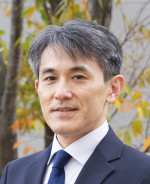
KAGAWA Nao
- Position
- Professor
- Laboratory
- Laboratory of Behavioral Genetics
Fish Physiology, Behavioral Neuroendocrinology
How are social behaviors regulated in animals? Focusing on genes expressed in the brain, we are investigating the mechanisms that control social behaviors and emotional responses using fish as a model.
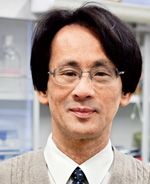
TSUJIUCHI Toshifumi
- Position
- Professor
- Laboratory
- Molecular Oncology Laboratory
Molecular Oncology, Diagnostic Pathology, Experimental Pathology
Cancer progresses in stages: as genetic abnormalities accumulate, it progresses from precancerous lesions to cancer. In addition to searching for genetic mutations of unfavorable prognoses, refractory cancer, such as in pancreatic cancer, lung cancer, and bone cancer, research includes cell function analysis through the creation of cancer cells to knock down target genes. The goal is to shed light on molecular mechanisms in cancer infiltration and metastases, and in the acquisition of resistance to anti-cancer drugs.
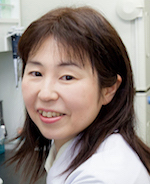
HAYASAKA Haruko
- Position
- Professor
- Laboratory
- Immune Molecular Function Laboratory
Molecular Biology, Cell Biology, Immunology
Immune cells act to protect us from disease-causing agents by attacking them. Cancer cells move from the primary lesion to other organs and proliferate. Research is conducted on the mechanisms of how cells move around inside the body and work in a specific location.
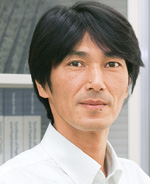
HIDAKA Yuji
- Position
- Professor
- Laboratory
- Bioengineering Laboratory
Peptide and Protein Folding, Physiological Activity, Molecular Evolution, Genetic Engineering, Peptide and Protein Science, Disulfide Binding
The conformational changes of the native proteins cause several diseases, such as Alzheimer's disease. Disulfide bonds play a critical role in the maintenance of the native (bioactive) conformation of peptides and proteins under thermodynamic or kinetic control. Therefore, it is important to regulate disulfide bond formation in protein folding. We currently focus on the development the chemical methods to regulate disulfide-coupled peptide and protein folding
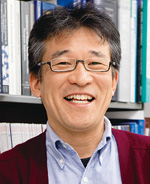
FUKUSHIMA Nobuyuki
- Position
- Professor
- Laboratory
- Molecular Neurobiology Laboratory
Cell Biology, Neurobiology, Lipid Biology
How is the complex neural circuitry of the brain created, what affects the actions of animals, and what mechanisms do nerves and cancer share? The mysteries behind these questions are delved into using research drawing on molecular biology.
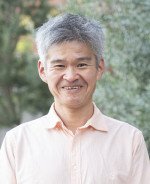
MAKI Teruya
- Position
- Professor
- Laboratory
- Environmental Microbiology Lab.
Environmental Microbiology, Bioaerosols, Airborne microorganisms, Public health, Climate change
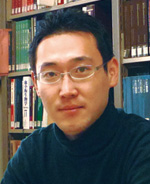
SHIMAMOTO Shigeru
- Position
- Associate Professor
- Laboratory
- Molecular Function and Structure Regulation Laboratory
Structural Biology, Thermodynamics
The function of proteins depends on its native tertiary structure. In order to clarify their function mechanism and regulate their function, we perform the structure determination of proteins and thermodynamic analysis.
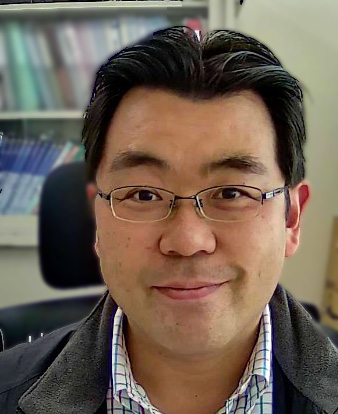
MORIYAMA Ryutaro
- Position
- Associate Professor
- Laboratory
- Laboratory of Environmental Physiology
Reproductive Biology, Physiology, Neuroendocrinology
Organisms have adopted characteristics suitable to their habitat so that they can survive individually and so that their species can carry on. Research is conducted into the mechanisms of how factors such as changes in nutritional conditions and internal and external stress control reproductive functions.
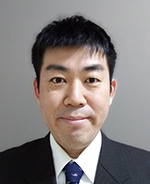
IIDA Kei
- Position
- Lecturer

IKEDA Hiroko
- Position
- Lecturer
- Laboratory
- Radiation Oncology Laboratory
Radiation Biology, Cell Biology, Space Biology
To establish effective radiation therapy, we are investigating to evaluate the mechanisms underlying the acquisition of resistance for radiation treatment in cancer cells.

OTSUKA Airi
- Position
- Lecturer
- Laboratory
- Laboratory of Nutrition and Health science
Nutrition, Food Functional Science, Physiology, Neuroscience
Social stress is a form of mental stress associated with human relationships that underlies the pathogenesis of mental disorders such as depression. We examine the effect of nutritional approach to social stress and explain the mechanism of reducing psychosocial stress by food.
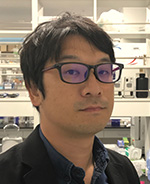
KISHITA Yoshihito
- Position
- Lecturer
- Laboratory
- Genome Sciences Lab.
Molecular biology, Human genetics, Genome analysis, Mitochondria
Human genome is the master blueprint of the human body. We investigate how gene mutations cause diseases. It aims at the elucidation of disease pathology and the development of drug discovery research using genome analysis and genome editing technology.
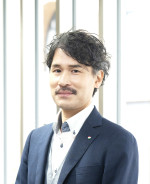
KOMADA Munekazu
- Position
- Lecturer
- Laboratory
- Mammalian Embryology
Anatomy, Developmental Neurotoxicology, Congenital Anomaly, Mammalian Embryology
I would like to clarify the influence of maternal environment during pregnancy on the development and development of children. In addition, I aim to prevent birth defects and contribute to the healthy growth of children. I would like to engage in the development of human resources who wish for the birth and growth of children who will lead the next generation.
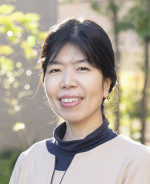
NAKAMA Mina
- Position
- Lecturer
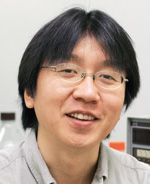
HAGIWARA Teruki
- Position
- Lecturer
- Laboratory
- Laboratory of Molecular and Cellular Biology
Cell Biology, Molecular Biology
1) Using cells extracted from mice, investigation is carried out on the effect of drugs on cerebral ventricle ependymal cell ciliary beating and on oocyte CA2+ oscillations. 2) Investigation is carried out on the transport of sodium ions across the alveolar epithelium, and changes during inflammation.